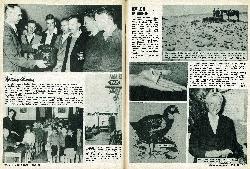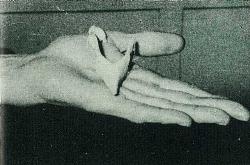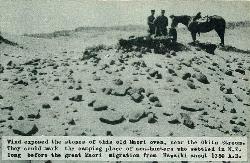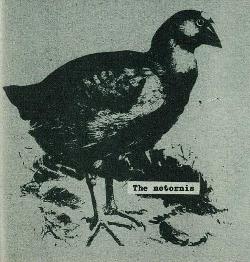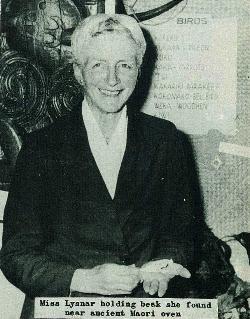55
New Light On Notornis
Almost 40 years after Miss Winnie Lysnar discovered what she believed to be a young moa's beak at, Okitu, fresh light has been thrown on early East Coast bird life
On a recent visit to Gisborne, Dr R. A. Falla, director of the Dominion Museum, identified the bone as a notornis beak — the first real evidence that the birds ever lived on the East Coast
The beak is pictured below.
It now seems almost certain that the early Maoris used the notornis for food, as Miss Lysnar found the beak close to the remains of an old stone oven pictured above.
Miss Lysnar was in the habit of riding along the beach or sand dunes, picking up any pieces of moa-egg shell or other interesting objects. She discovered the notornis beak about 1917, near the mouth of the Okitu Stream.
The notornis was thought extinct until Dr G. Orbell found a small colony in Southland in 1948.


